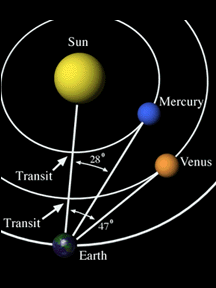This graphic shows the orbits of Mercury and Venus within the orbit of the Earth, and the maximum angular distance between these planets and the Sun as viewed from the Earth
Click on image for full size
Courtesy of NASA.
Bright Star at Sunrise
Venus and
Mercury, the planets closest to the Sun,
always appear pretty close to the
Sun in the sky.
Mercury is
so small and so close to the Sun that it is
really hard to see from Earth. Usually, it is lost in the Sun's
bright sunshine. Mercury can sometimes be seen with your own eyes at
sunrise or sunset, very low in the sky, near the horizon.
Venus can get farther away from the Sun, as seen from Earth, than
Mercury, so that it is easier to see in the sky.
It can be seen just
before sunrise or just after sunset as a bright
morning or evening star. At these times, Venus is
much brighter than the brightest star, Sirius, and can even
cast shadows.
You might also be interested in:
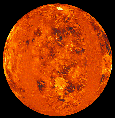
Venus is the second planet from the Sun, and is Earth's closest neighbor in the solar system. Venus is the brightest object in the sky after the Sun and the Moon, and sometimes looks like a bright star
...more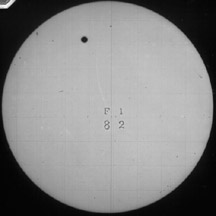
Sometimes the planet Venus goes between Earth and the Sun. From Earth it looks like a black dot moves across the Sun. Astronomers call this a transit of Venus. Transits of Venus don't happen very often.
...more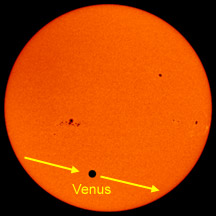
Sometimes the planet Venus gets between Earth and the Sun. When it does, we see a black dot move across the Sun. The black dot is Venus. Astronomers have a name for this. They call it a "transit"
...more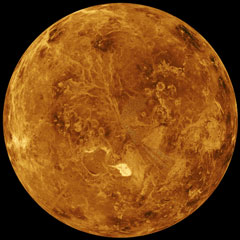
Venus is the hottest planet in our Solar System. On Earth, places near the equator are hot. Places near the poles are cold. On Venus, it is really hot everywhere... even at the North and South Poles. Venus
...more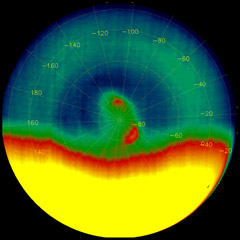
A vortex is a swirling, circular movement of air and clouds... like in a tornado or hurricane. The plural form of vortex is "vortices". The planet Venus has vortices in its atmosphere above each of its
...more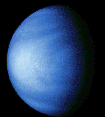
The following may be the history of Venus. at the conclusion of forming it continued to be hit with leftover material. Venus warmed from inside, and separated into layers. Because Venus is close to the
...more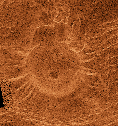
This is an example of a volcanic tick.
...more


